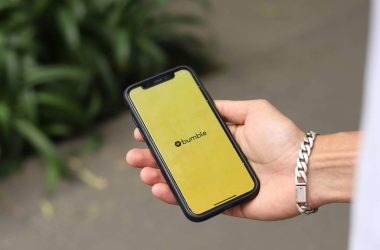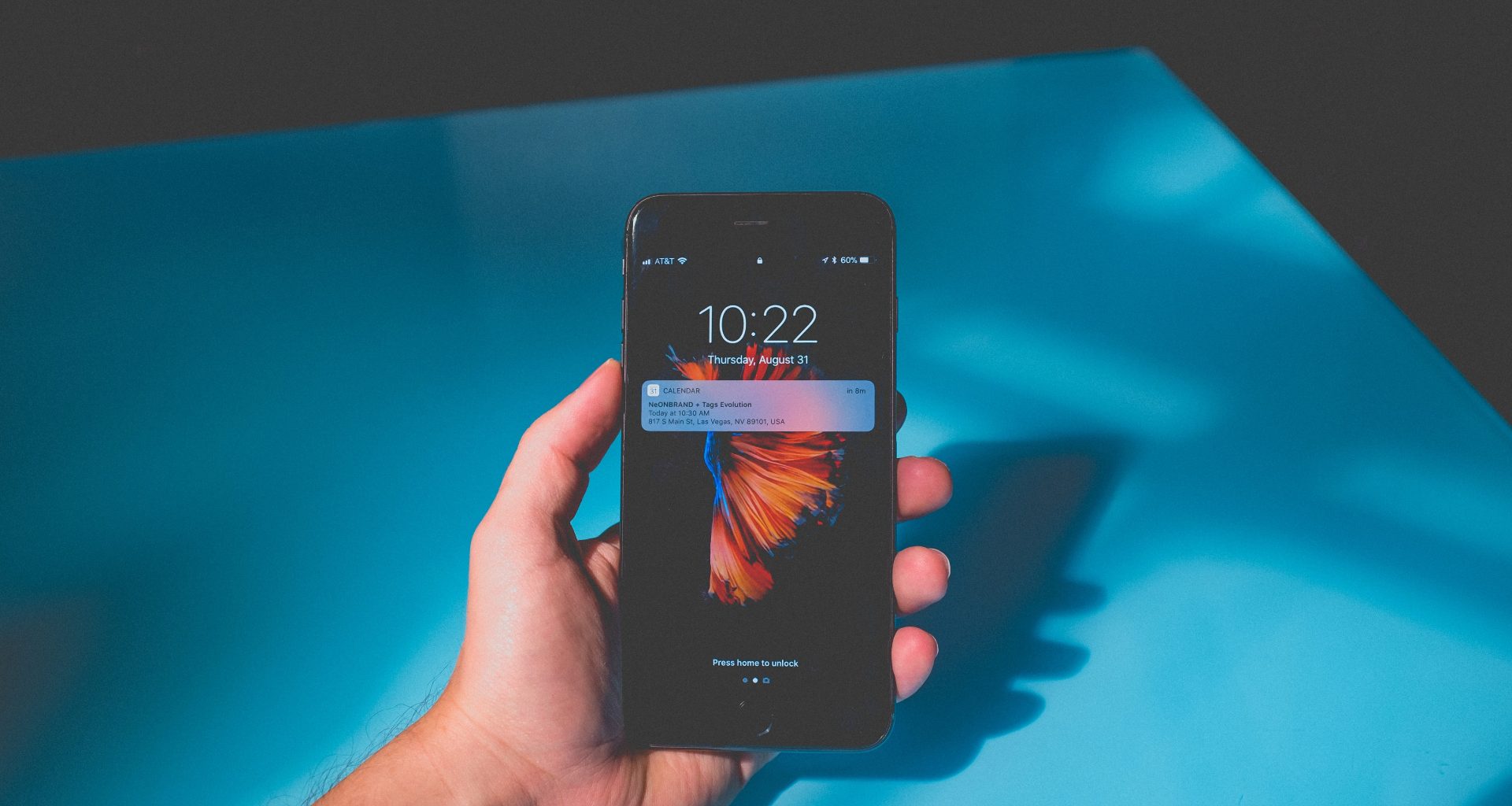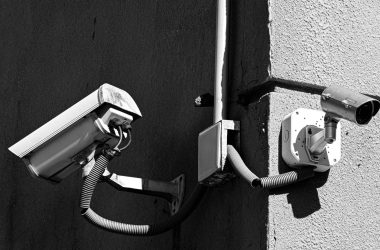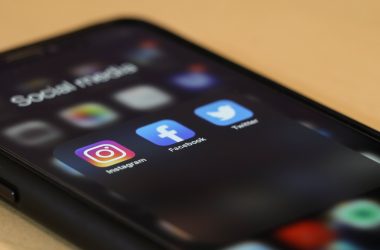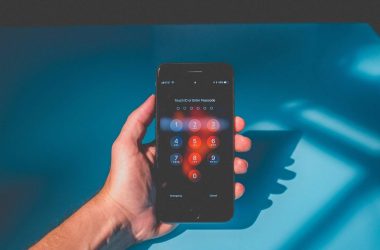In an effort to enhance user security and protect against evolving threats, Apple is set to introduce a groundbreaking feature for iPhone users—Stolen Device Protection. This innovative security mode aims to fortify the defense against potential attacks, especially those involving theft and unauthorized access to sensitive information.
The Stolen Device Protection feature acts as a second layer of security, specifically designed to thwart thieves and attackers who gain access to users’ private passcodes. This extra layer becomes particularly effective when the iPhone is outside the usual locations associated with its owner, adding an additional safeguard against unauthorized access.
When activated, Stolen Device Protection requires not only the passcode but also Apple’s FaceID facial recognition for users to perform sensitive actions. This includes viewing stored passwords or wiping the phone. Thieves attempting to make changes or access certain settings with just a passcode will be thwarted, significantly reducing the risk of unauthorized usage.
In response to identified scams where attackers befriend or spy on victims to obtain passcodes, Apple has implemented additional safeguards. Any attempts to change the user’s Apple ID password or remove FaceID without the owner’s consent will be met with a mandatory one-hour delay. Subsequently, the attacker must pass a FaceID check again, adding an extra layer of protection against malicious activities.
The introduction of Stolen Device Protection is a proactive response to a scam identified by The Wall Street Journal, involving attackers befriending or spying on individuals to obtain passcodes, ultimately leading to iPhone theft. By requiring FaceID in addition to a passcode, Apple aims to curb unauthorized access and misuse, especially in scenarios where personal passcodes may be compromised.
For those with the latest developer beta of iOS 17.3, Stolen Device Protection can be activated under Face ID and Passcode settings. The opt-in feature will be rolled out to all iPhone users in the coming weeks when iOS 17.3 is launched to the public, ensuring that a broader user base can benefit from the enhanced security measures.
Photo: Unsplash



